Exploring Texture in Art
Adding Dimension to Your Masterpieces
Texture in painting is a powerful element that elevates a two-dimensional canvas into a tactile and visually dynamic experience. In this blog post, we'll dive into the fascinating world of texture in art, exploring how artists use different techniques to add depth, interest, and a sensory quality to their masterpieces.
The Role of Texture in Art - Beyond the Brushstrokes
Texture in art goes beyond the simple application of paint; it's a multi-sensory element that engages the viewer on a deeper level:
Enhancing Visual Interest: Texture adds visual interest by creating variations in surface quality. Whether it's a smooth, glossy finish or a rough, textured surface, the interplay of light and shadow across different textures captivates the eye.
Invoking a Tactile Experience: A textured painting invites touch, even if only in the imagination. Artists use various tools and techniques to create surfaces that suggest different materials, from the softness of fur to the roughness of stone.
Conveying Emotional Depth: Texture can be a powerful tool for conveying emotion. The choice of texture can evoke feelings, from the comforting softness of a plush surface to the raw intensity of a heavily textured, impasto application.
Techniques for Creating Texture in Painting - Beyond the Canvas
Artists employ a variety of techniques to create texture in their paintings, each method contributing to the overall expressive quality of the artwork:
Impasto Technique: One of the most iconic methods for adding texture is the impasto technique. Artists use a palette knife or brush to apply thick, undiluted paint, creating a sculptural effect on the canvas. This technique is often associated with artists like Vincent van Gogh, whose works showcase dynamic and expressive surfaces.
Sgraffito Technique: Sgraffito involves scratching or scraping away layers of wet paint to reveal the layers beneath. This technique allows for intricate detailing and can be used to create both fine lines and broader textures. Artists use tools like palette knives or combs for this method.
Collage and Mixed Media: Beyond traditional paint, artists often incorporate additional materials into their work to create texture. Collage elements such as fabric, paper, or even found objects add a tangible, three-dimensional quality to the artwork.
Exploring Texture in Different Art Styles - From Realism to Abstract Expressionism
Texture plays a versatile role in various art styles, contributing to the unique aesthetic of each:
Realism and Hyperrealism: In realistic and hyperrealistic paintings, artists often strive to replicate the texture of surfaces faithfully. Whether it's the smoothness of glass, the grain of wood, or the softness of skin, attention to detail in texture enhances the illusion of reality.
Abstract Expressionism: Abstract expressionist artists use texture to convey emotion and spontaneity. The gestural brushstrokes, drips, and impasto applications create a textured surface that reflects the energy and passion behind the artwork.
Minimalism: In contrast, minimalist artists may employ smooth and uniform surfaces, eliminating visible texture to emphasize simplicity and precision. The absence of texture becomes a deliberate artistic choice in minimalist compositions.
Texture in Art Beyond the Canvas - Sculpting Dimension
While we often associate texture with painted surfaces, artists extend the exploration of texture beyond traditional canvases:
Mixed Media Sculptures: Artists create mixed media sculptures using a combination of materials, from clay to found objects. These sculptures showcase a rich variety of textures, inviting viewers to not only observe but also physically engage with the artwork.
Textile Art: Textile artists use fabrics, threads, and other materials to create tactile surfaces. The interplay of different textures in textile art adds a unique dimension, allowing viewers to appreciate the artwork through touch as well as sight.
Installation Art: In installation art, artists consider the textural quality of the space itself. From smooth, reflective surfaces to rough, weathered materials, the choice of textures in the environment enhances the overall immersive experience.
The Impact of Texture on the Viewer - A Sensory Connection
Texture in art creates a sensory connection between the artwork and the viewer:
Engaging Multiple Senses: A textured painting engages both the visual and tactile senses. Viewers may be drawn to run their fingers across a textured canvas, reinforcing the connection between the physical world and the artwork.
Emotional Resonance: The textural qualities of a painting can evoke emotional responses. A soft, velvety texture may evoke a sense of comfort, while a rugged, coarse surface may convey a feeling of ruggedness or resilience.
Encouraging Interpretation: Texture invites viewers to interpret the artwork not just through sight but also through touch. This interactive element allows for a more personal and intimate connection with the artistic creation.
In conclusion, exploring texture in art goes beyond the visual experience, delving into the realms of touch, emotion, and interpretation. Whether it's the bold impasto strokes of a Van Gogh or the delicate intricacies of a textile artwork, texture adds a dynamic and multi-sensory layer to the world of art. Join us in the journey of exploring texture in painting and discover how this element transforms the way we perceive and connect with art.
https://paintwinestudio.com/classes-1

